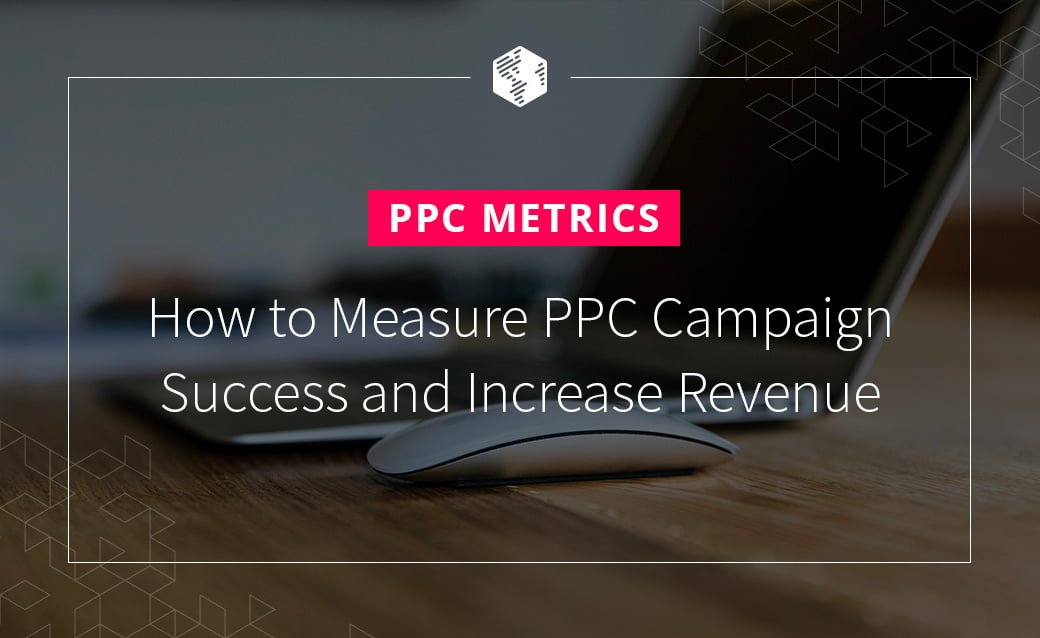Table Of Contents
The success of your PPC campaign boils down to two things:
- Optimizing your ad campaigns for the right KPIs
- Tracking the right metrics that will grow your bottom line.
In this article, you’ll learn firsthand how to measure your PPC campaign. Don’t worry, it’s easy.
You’ll also discover proven ways to:
- Get qualified clicks on your PPC ads
- Lower cost per click (CPC) and cost per acquisition (CPA).
- Grow your revenue.
Truly, there’s a huge list of PPC metrics you’ll have to get accustomed to when you start your online advertising journey, especially with Google Ads.
And they’re part of the reason pay per click ads have exploded in popularity with advertisers — since businesses and marketers can measure everything.
PPC advertising can be a powerful way to generate qualified leads and sales for your business. As a matter of fact, a HubSpot survey showed that 65% of B2B companies have acquired a customer via paid ads.
Robo3D, a company that designs 3D printers used compelling PPC ads (driven by video ads) to grow a $4.7 million business. Comfy, a leading retailer in the electronic segment in Ukraine utilized PPC ads to drive more sales from product pages and improve revenue by 76%.

The numerous metrics available at your disposal give you the ability to analyze and track your campaigns and accounts effectively.
The various applications of such data make PPC advertising an amazing opportunity for a lot of marketers.
Pay per click advertising provides brands access to detailed sales funnel data which traditional advertising is incapable of providing. Bounces, views, conversions, clicks and much more are all available to analyze and boost your campaign.
Simply put, pay per click ads are driven and run via data.
However, certain data are much more vital than others and as soon as you begin A/B testing and optimization for lead generation, identifying the vital metrics becomes a lot more crucial.
Understand the Goals of Your Brand
If your brand is the new kid on the block and you’re new to PPC advertising (such as Google Ads), the metrics we’re about to look at are supposed to work in tandem with your brand’s goals.
However, in order for this to happen seamlessly, you need to identify what key performance indicators are vital to you before you begin your campaign.
In case you aren’t sure what that is, let’s throw more light:
PPC KPIs
Regardless of the reason, you have a pay per click campaign running; whether for your own brand or on behalf of a client, it’s important that you keep track of the results.
This is crucial because it enables you to know what’s working and what isn’t. Also, it allows you to see how your advertising cash is being spent. Knowing which KPIs to track is equally important.

This is why any PPC campaign that aims to be successful must keep a close watch on Key Performance Indicators (KPIs).
KPIs are metrics that can be used to know if your intended business outcome is being achieved or not.
KPIs Breakdown
Key Performance Indicators (KPIs) can be divided into low-level KPIs and high-level KPIs.
High-level KPIs are concerned with the big picture. For example, a high-level KPI is multiplied in annual business, which reveals to you the trend of the business over time.
Low-level KPI, on the other hand, is concerned with specific details, like cost per conversion (CPC). In simple terms, low-level KPI is the outcome your boss or client is interested in, which ultimately is related to the strategy used to initiate the outcome.
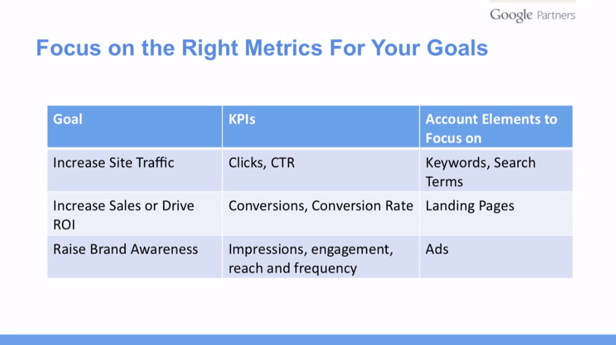
source: Barta’s Banta
High-level KPIs are what a CMO or CEO would want to see to know the health status of a particular business unit. Now, let’s run through the various KPIs you should consider.
1. Ecommerce KPI
With regards to eCommerce brands, your end goal is profit from sales. Therefore, you must be able to answer the question “What is the amount of money made?”
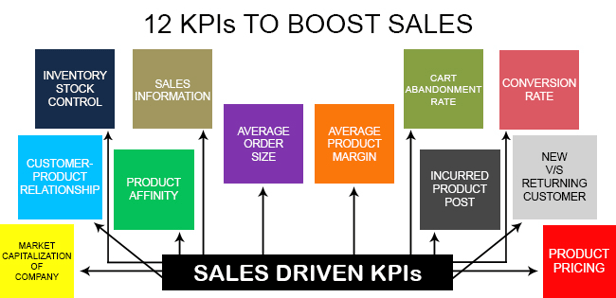
However, it might be a little bit tricky trying to calculate profit due to the fact that the actual profit has to take shipping cost, salaries, packaging costs and other forms of expenses into account.
This is why most companies can’t report on profits, so they utilize a unique set of KPIs, such as Return on Advertising Spend (ROAS), cost, business unit revenue, and profit.
While it may not be possible to calculate the business profit in totality because you are not aware of all variables, you can simply calculate a simple version of the metrics:
-
Revenue: Overall sales revenue
-
Profit: Revenue minus cost
-
Cost: Advertising cost and the costs of goods.
-
ROAS: Revenue over cost
2. Lead Generation KPIs
When all is said and done, lead generation brands also need to know the health of their profits. It’s the driving force of the business. However, just as with eCommerce, profits are quite difficult to calculate.
The B2B Marketing Dashboard Template below shows the sessions, session to lead conversion rate, leads, and total leads value. These are common lead gen. KPIs that will directly or indirectly lead to profit.
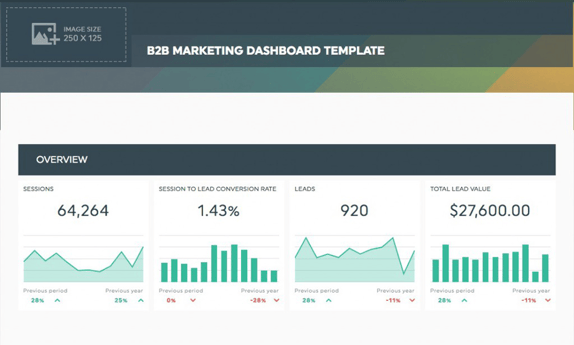
You may offer subscriptions and be unable to tell the lifespan of a subscriber or you could even have a sales cycle that stretches up to 2 years before it closes.
If you are unable to determine profits, you need to take utilize lead generation KPIs like:
- Total Leads
- Qualified Leads
- Cost per qualified lead.
When you’re making use of leads rather than sales as a performance indicator, you may need to integrate the various aspects of the brand to truly see how your business is doing.
For example, the sales department deals with leads, close rates, and qualified leads.
And the close rates of the sales department has a direct influence on marketing as this ultimately determines how much you are capable of paying for a lead with consideration to the closed lead value.
3. Trending KPIs
In order to see how well your KPIs are performing, in the long run, you have to trend them to know if you experienced a decline or increase.
Trending is a bit tricky though because you can easily get it wrong. For example, take a look at this screenshot of a fictional brand’s monthly chart, it seems like there is a fall in revenue.
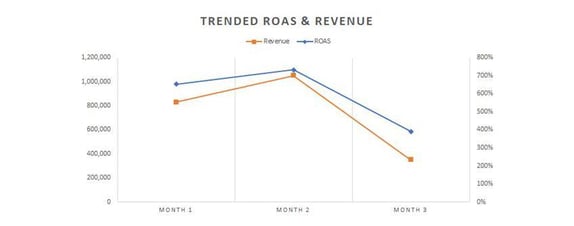
Now, this is a month-to-month trended data which covers November to January. Take a look at how November and December look a lot better than January as a result of holiday sales. Can you see how trends can easily be misinterpreted?
Here is the exact trended revenue data year-to-year. This reveals a totally different performance picture.
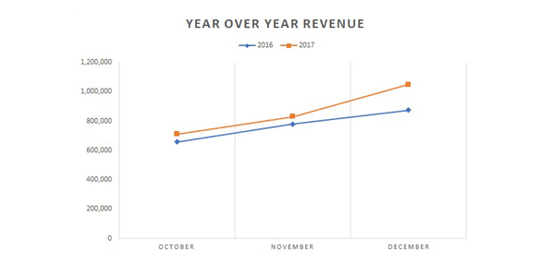
When a business isn’t seasonal, monitoring month-to-month trends lets you see how the outcomes change.
On the other hand, when businesses are seasonal like the fictional company, your KPIs need to be trended year-to-year to enable you to see the difference.
Most times, you’d want to see both; this is why in the last chart the year-to-year trends include the last few months to track the outcomes for both trends.
Now, before we dive into the most crucial metrics you need to focus on, let’s see what makes certain metrics more valuable than others.
What Makes Certain Metrics More Critical than Others?
There’s no need to overthink it.
Certain PPC Metrics are more critical than others as they directly reflect your brand’s income. The whole idea of any PPC campaign is to generate feasible results for your business.
Here is a chart showing how to determine the value of a metric:
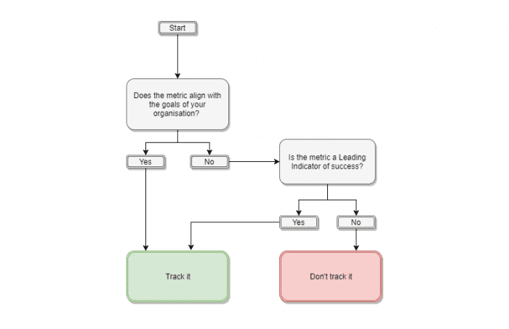
Concerning yourself with data that has no impact on your bottom line is of no value. In fact, it’s the fastest route to burning up your advertising budget while you run after such unimportant metrics resulting in dead ends.
However, possessing the correct KPIs and focusing on the right metrics to analyze your data will help you to stay in line. Below are 8 vital PPC metrics you need to focus on to determine your PPC campaign result.
The Most Important PPC Metrics to Focus On
Before we dive right into these crucial PPC metrics to focus on, it’s vital to state that each of them is associated with measurable results.
By analyzing and keeping track of these stats, you can carry out enhancements that transform a failing PPC campaign to a successful one.
1. PPC ROI/ROAS
Studies have shown that 50% of PPC visitors are more likely to buy an offer than organic visitors; this shows the kind of ROI you can expect.
What’s more? Moz carried out a survey to see the most profitable method of generating conversions and PPC trumped organic search.
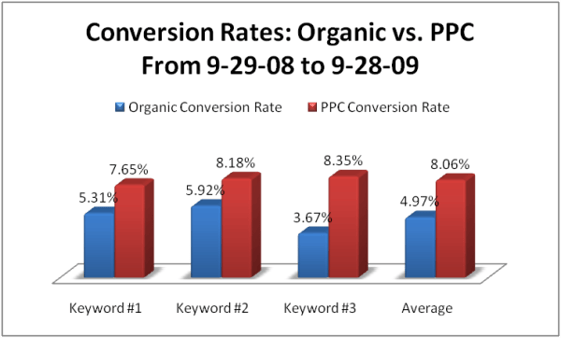
However, without appropriate tracking of this metric, you may lose revenue.
The most crucial PPC Ad metric you can track is quite obvious: Your Return on Investment (ROI). Is the money being made greater than what is being put in?
It’s quite basic, right?
However, if your focus isn’t on your bottom line, your PPC campaign may fail very quickly.
There are numerous ways to improve and audit the Return on Investment of a running campaign, ranging from increasing conversion volume to decreasing your cost per acquisition.
For instance, if your PPC ad is pulling users but failing to generate sales, the entire campaign may require an extensive overhaul.
Now, Return on Ad Spend (ROAS) monitors the ratio between revenue and spending for brands with carrying checkout amounts such as eCommerce shops.
For the records, this graph shows the Benchmarking Return on Ad Spend Across Media, according to Nielsen Norman Group.
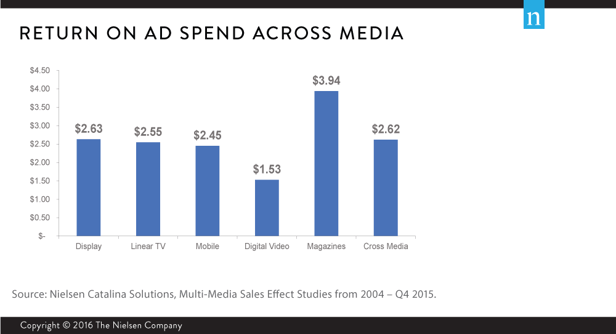
Boosting your revenue typically with CRO will increase your ROAS and align your costs with what you spend.
As ROAS is concerned with the ratio of your ad spend to income or revenue, Return on Investment (ROI) calculates your campaigns return ratios on a much larger scale.
ROAS is also concerned with the micro level of your actual digital campaigns, while ROI deals with the macro level, taking an overhead, salary and many other factors into account.
2. Cost Per Acquisition/Sale
The first metric we just looked at dealt with the revenue of your PPC campaign. The Cost Per Acquisition deals with how you track the funds being put into your campaign.
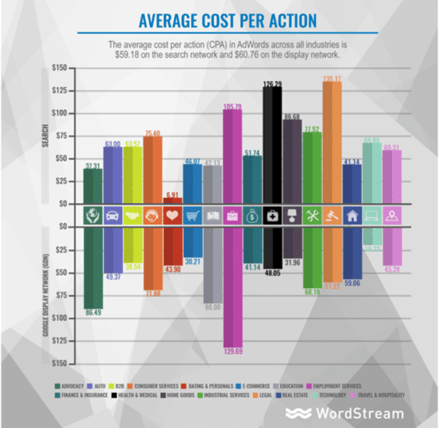
The average spends for conversions and clicks may vary broadly by ad group and campaign. Factors such as your keyword bid rate, investment amount, and quality scores are all taking into account.
Knowing what to spend on each sale will aid you in setting up the right context for your pay-per-click campaign as well.
Also, your expectations regarding your ad spend can vary greatly based on what you’re offering and your target audience.
For instance, if you’re selling cargo shorts for $3 and your ad spend is $35 per click, your pay per click campaign is in no way going to be beneficial to your business.
However, if you’re pulling in new customers for insurance policies that draw in $10,000 for the lifespan of the policy, spending $50 per click doesn’t seem so bad all.
With that said, here are some easy methods to decrease your CPA and boost your campaign.
How to Decrease Cost Per Acquisition
If you’re looking to lower your cost per acquisition (which is important), then use these 3 methods:
a). Remove Junk
Look at the keywords and campaigns that are having a negative performance on your performance and take out any wasted spend.
b). Introduce Negative Keywords
Introducing negative keywords will help reduce your CPA and refine your campaigns relevance, by presenting appropriate results to your campaign.
Recognize that most search queries are a waste of time and money. There’s no need to bid for them. Integrating negative keywords can utterly lower your CPC.
Emergency Restoration Specialists (ERS) take the bold step to integrate negative keywords into their Google Ads campaigns.
They ran the campaign for 3 months and within this time frame, they had generated more leads than they could handle. As a result, the team paused the ads from running — because they couldn’t keep up with new clients.

c). Reduce your Max Bid
This is quite obvious, however, spending less does decrease costs. CPA and ROI may certainly be the most important metrics of your PPC campaign, due to their direct relation to your budget and revenue.
3. Conversion Volume
Conversion volume is the number of users that convert in a certain timeframe. It keeps track of your campaign’s health. If this metric is experiencing a lack of growth it means your campaign requires some major adjustment.
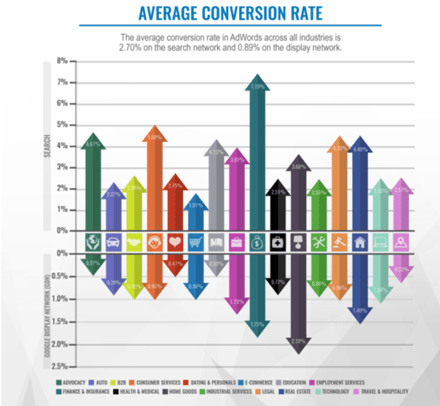
Even a basic rise in conversion volume can cause a major impact on your PPC campaigns results. Especially in situations when you utilize a landing page test as well as other CRO strategies to boost these areas too.
Boosting your conversion volume is the simplest way to increase the ROAS/ROI of your pay-per-click campaigns.
If you can increase your conversion volume while you maintain or decrease your CPA, you can begin to generate a lot more revenue due to less spend -which is the dream of every marketer.
Conversion volume is the most accurate reflection of your campaign’s effective reach and statistical significance. You can begin by studying and widening your keyword pool.
4. Close Rates
When it comes to Google Ads conversions, bear in mind that not all conversions are “conversions.”
A lot of conversions are simply opportunities, not sales or customers. This is why if you’re really into results, you have to put in your Close Rate in your Cost Per Sale.
Close Rate’s go far beyond your lead conversion rate by bringing in complemented transactions into the mix again. This will aid you in identifying any other breakdown in the system as well.
If your campaigns close rate is a lot less than the conversion rate, it’ll offer you the opportunity to enhance the internal transit right from acquisition to closing or improve lead scoring.
5. Cost Per Click
Just like conversion volume, CPC is a vital PPC metric for tracking your campaign’s general health. Reducing CPC can boost the number of your overall clicks, which creates opportunities for the growth of your conversions and increases your ROI.
The best way to have control over the amount you spend on certain keywords is by managing your bids right from the keyword level.
For instance, keywords that promote products of high-value would have a higher bid than keywords with the low-value conversion.
Using this strategy even if you do not reduce your CPC your ad-spend would be a lot more effective.
6. Average Order Value (AOV)
Average Order Value is a lot like Cost per Sale. It’s basically the dollar amount a client would spend in the event of a complete conversion action. For example, the average order value for Apes in Space is €28.10, that’s about $32 USD.
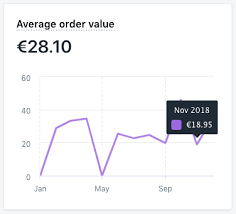
For example, if your cargo shorts store makes $5000 in April and closed $50 transactions your Average Order Value would be $100.
Tracking your Average Order Value weekly or monthly offers insight into the purchasing habits of your customers.
This is due to the fact that your AOV is linked directly to your revenue. It’s an important benchmark for the evaluation of your campaign’s performance.
Boosting AOV is also a stronger strategy than boosting your traffic. This is due to the fact that you’re increasing profit and revenue from customers who are already purchasing from your brand.
Also, your Average Order Value can be optimized in every stage of your sales funnel, however, traffic is simply a top sales funnel metrics.
7. Lifetime Value
This is the net profit prediction associated with a specific customer over the timeframe of the relationship. Simply put, how much a single client or customer spends on your business before ending the relationship and not coming back.
It might interest you to know that recent research has shown that 61% of brands receive half of their revenues from repeat customers.
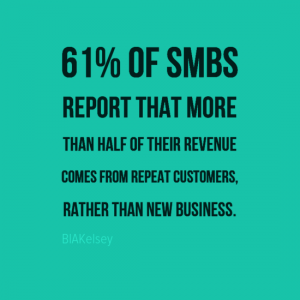
Monitoring and creating strategies revolving around Lifetime Value re-positions your customer relations as a long-term strategy. This isn’t just a powerful investment; it will also massively enhance the probability of future conversions.
If your brand is strictly committed to giving repeat business a high priority, then the necessity of the Lifetime Value metric can never be overstated. It isn’t just a PPC metric that matters it’s a very vital one.
Take for example Amazon, for years they’ve given long-term Lifetime Value, high priority. They don’t mind losing upfront as long as they gain in market shares.
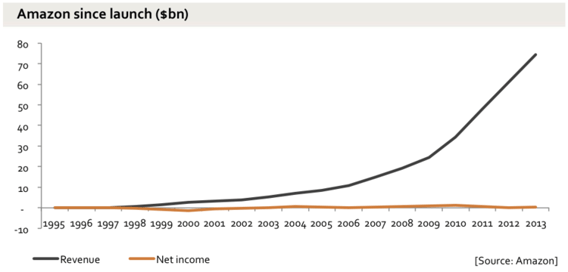
8. Quality Score
In relation to the previously mentioned PPC metrics, Quality Score is a lot less important, as its improvements do not have a direct link to better returns.
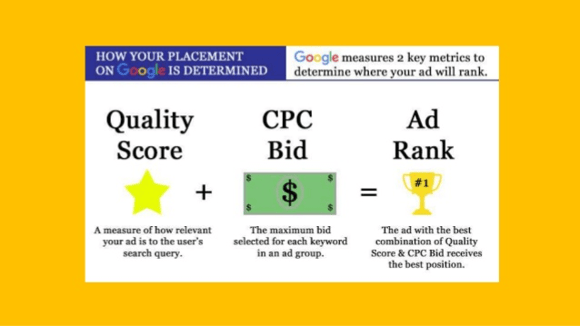
However, an increase in your Quality Scores can save you a whole lot of money and boost your campaign’s performance.
Quality Score largely depends on 3 major factors:
- Possible click-through-rate
- Ad relevance
- Landing page quality
Each of these factors can be monitored and enhanced by your pay-per-click partner, especially when they are involved directly in your landing page design.
Utilizing tools such as dynamic text replacement and strategies like geographic specificity can aid in increasing your Quality Score.
When your landing page and ad have a positive Quality Score, you’ll get rewarded by Google.
This reward is lower CPC and effective ad placements on Google, which should both result in more quality traffic and higher click-through rates from your ads to your landing pages.
Then you play your conversion cards to convert them instead of letting the clicks bounce off of your landing page.
As you can see from the graph below, the average bounce rate for paid search is 44.10% — which is relatively high. As a result, you must make every effort to convert clicks into customers and sales.
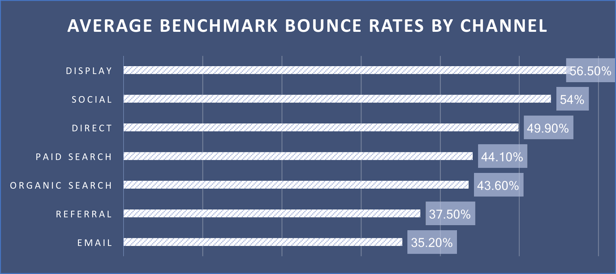
How to Measure PPC Campaign Success
Every business desires to get a good return on investment (ROI) for every dollar they invest into digital advertising — and this includes a pay per click campaign.
It is often hard to tell if your investment of both time and resources into PPC campaigns is yielding any substantial result.
As you already know PPC campaigns have to do with paying to get visitors to your site rather than relying on organic search.
There are different ways you can go about a PPC campaign, but the bottom line is you are often required to pay a particular amount for every user that clicks on your ad.
Although the amount per user may appear like a negligible amount, when you calculate the cost of having thousands of click daily you will realize that it isn’t so negligible.
Knowing that PPC campaigns require the investment of money and time, it will be an absolute waste if at the end of the day you realize that the campaigns were unsuccessful.
To avoid eating your time and resource, you should check the success of every PPC Campaign you run.
There are ways you can measure or keep track of your PPC campaigns and know whether or not the campaigns are successful.
At this point, it is important to note that for your campaigns to be successful you need to understand the key performance indicators (KPIs) in the planning stage of the campaign.
When you set the goals for the campaign before it is executed, you will be able to easily analyze results at any stage of the campaign.
It has also important to note that as we’ve seen already the PPC metrics used can determine the success of your campaign.
If the metric is vain then the results won’t be tangible. A vain PPC metrics is a metric that has a good presentation, report or style but lacks substance.
If the PPC metrics you make use for your campaigns are vain, then you will most likely not have any success with the campaigns.
Below are four types of PPC vanity Metrics:
1). Impression-Based Metrics
This has to do with tracking the total traffic or impressions that a PPC campaign has.
This metric is only useful if you want to maximize the reach of your brand and get it exposed to a large audience, asides that, it is a vain metric.
This is due to the fact that for you to achieve the aim for launching a PPC campaign, banking on impressions alone is not enough.
All you get to see is the number of people that viewed your ads but it doesn’t translate to more sales or conversions.
Even though traffic and impressions are good is because it is from the traffic that you get conversions, traffic alone cannot generate more money for you.
Paying for only traffic is not a guarantee for success. In fact, you spend money to get people to click on your ads, if there’s little conversion it means you have more to lose.
This is why you should ensure that the clicks translate into sales.
Take a look at this post from Aesthetic Perfection, a music band. It gained 74,000 likes with just a reach of 284.
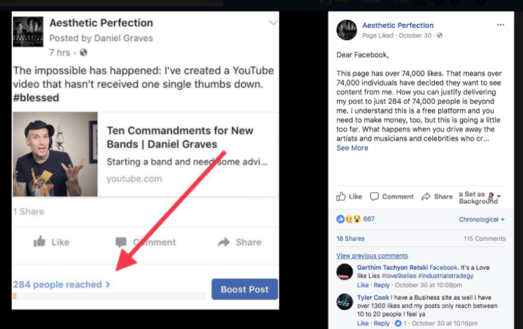
This vanity metric may make it look like your campaign is successful when there is an increase in traffic but the truth if the matter is, without conversion, you are merely increasing your ad spend despite not generating new revenue.
It is advisable that before you put in time and resources to boost traffic, ensure that you use a reliable metric to create value for your campaigns and also get conversions from your visitors.
An example of impression-based metrics are traffic, visits, cost per thousand impressions (CPM), average position, click share, overlap rate, device segmentation, outranking share, etc.
2). Engagement-Based Metrics
Just as having huge traffic doesn’t guarantee the success of campaigns, so also does engagement-based metrics such as click-through rate not worth anything if there is no conversion.
Don’t waste all your time focusing on how to increase your click-through rate, rather invest in getting more conversions.
If you want to gauge the success of your PPC campaigns through engagement-based metrics, you can check the relative click-through rate of other similar ads.
Through relative CTR you can easily pinpoint the challenges that your campaigns face rather than the overall clicks.
Examples of Engagement-based metrics are email subscriptions, click through rate, cost per engagement, page likes, social media followers, micro-conversion events, comments, post shares, post likes, photo views, the percentage of video viewed, etc.
While all these are good, they are not good metrics to use to measure the success of your PPC Campaign.
3). Behavior-Based Metrics
Don’t make the mistake of measuring the value of metrics just because of the fact that it’s so easy to access and track on Google analytics — because this may not be always the case.
A typical example of a behavior-based metric is the time a user spends on a site, which device they used, and so on.
The fact that the user spends a long time on a site using a smartphone doesn’t necessarily mean that conversion will take place.

A user can spend a long time on a landing page without converting; such visits are as useless to your campaigns as visitors who bounced immediately they visited your site.
This isn’t only limited to how long a user spends on the site it also spills over to on-site metrics such as pages per visit and page views as well as any other interaction with the site that doesn’t translate to conversion or sales.
The truth of the matter is that the data you get from these metrics is not the determining factor of the success of your PPC Campaign, especially in the long run.
Examples of these behavior based metrics are bounce rate, the percentage of new sessions, visitors, pages per visit, time on site and new users.
4). Relative Campaign Metrics
Putting your focus on internal or relative campaign metrics can restrict you from achieving the goal of your PPC Campaign.
Even though negative keywords are good, they should only be used to improve metrics that are vital to your campaign, not unnecessary ones and you shouldn’t count the negative keywords themselves.
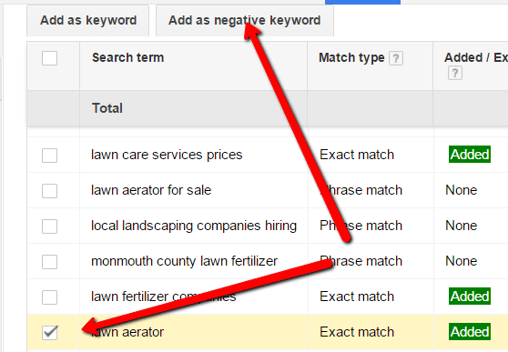
The total number of negative keywords is not necessary for your PPC campaign, all you have to do is to ensure that they are working.
Internal metrics such as budget per ad and competitive benchmarks are also not meant to be under the spotlight.
When you focus on the numbers from the internal metrics, what happens is that you will most likely get distracted and you will start paying attention to the campaign itself rather than paying attention to the results that the campaign yield.
Examples of relative campaign metrics are the percentage of negative keywords, budget per ad, consistency of ads published, wasted ad spend, competitive benchmark, landing page SEO, and so on.
You can check them occasionally to ensure that all is well but don’t capitalize on just them, if you do, your PPC Campaign will most likely suffer a setback.
The reason why a lot of people fail in their PPC campaigns is that they tend to focus on the vain or minor things and neglect the major metrics.
Always have it at the back of your mind that your sole purpose of investing in a PPC campaign is to get more money in return, ensure that the metrics you use indicate the actual value and results.
Vain metrics or information won’t boost your business and will not make your PPC campaigns successful.
With the proper understanding of the aim you wish to achieve through your campaigns, you will be able to choose the right metrics that will give you the desired results.
Conclusion
Always remember that some PPC metrics are more vital than others. And focusing your monitoring and analytic efforts on irrelevant metrics is setting up your campaign for failure.
The ultimate goal of any PPC campaign is to quality ROI/ROAS and if this isn’t linked to a particular metric in any way it may not be worth the analytic efforts.
Why focus on what doesn’t ensure conversions or sales?
That’s completely pointless. As you follow the tips in this article, you can focus on vital metrics that directly affect your conversions, generate qualified leads, and ultimately boost your sales.

